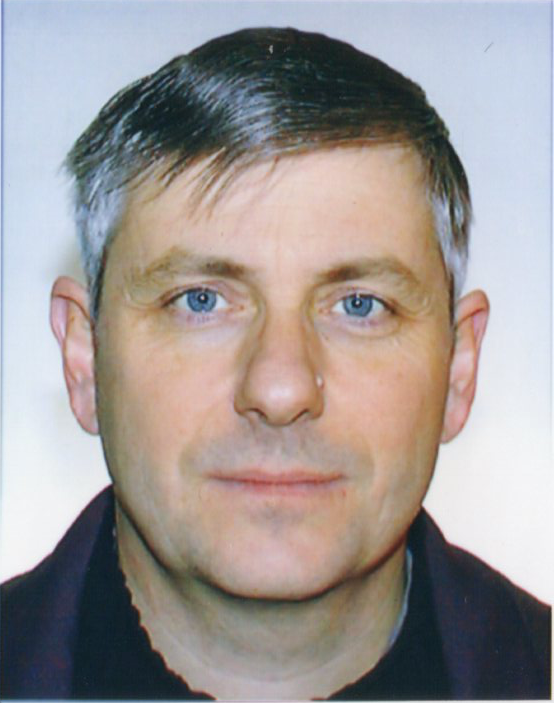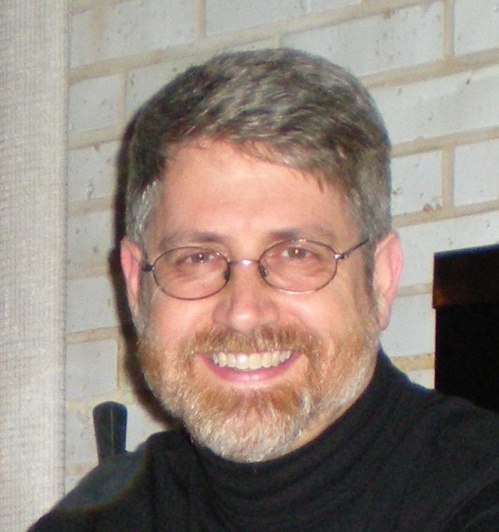|
|
|
Prof. Vincent Chevrier
Department of Computer Science
University of Lorraine,
France
|

|
|
|
|
Title: (Co)simulation of cyber-physical systems with MECSYCO
Date:
SEP 27, 10:45 (CET)
Abstract:
Most modeling and simulation (M&S) questions about cyber-physical
systems (CPS) require expert skills belonging to different scientific
fields. The challenges are then to rigorously integrate each domain's
tools (formalism and simulation software) within the rigorous framework
of M&S process. Co-simulation is a way to achieve it.
During this talk, we position the need for cosimulation and review
existing solutions. Then we present the solution we adopted which
consists in a DEVS wrapping strategy for heterogenous models/simulators
integration.
Mecsyco middleware implements all these contributions (mecsyco.com) and
was successfully applied for cosimulation of cyberphysical energy systems.
Beside a general overview of the MECSYCO possibilities, a special focus
will be made on the meaning of distributed and decentralized
(Co-)Simulation in the MECSYCO context.
Short Bio:
Vincent Chevrier is full Professor at University of Lorraine, in France
and researcher in LORIA Laboratory. His research is focused on complex
system modeling and simulation using multi-agent approaches. His current
research topics is multi-modeling and cosimulation. He leads the mecsyco
software development and applications.
|
|
|
|
Prof. Edward A. Lee
Distinguished Professor, EECS,
University of California at Berkeley,
USA
|

|
|
|
|
Title: Consistency and Availability Tradeoffs in Cyber-Physical Systems
Date:
SEP 28, 15:00 (CET)
Abstract:
In distributed systems, Brewer's CAP theorem tells us that when networks
become partitioned, there is a tradeoff between consistency and
availability. Consistency is agreement on the values of shared variables
across a system, and availability is the ability to respond to reads and
writes accessing those shared variables. Although this concept is well
established in the database community, in this talk, I will show that
the same fundamental tradeoff arises in cyber-physical systems. I will
describe two distributed coordination mechanisms, implemented as an
extension of the Lingua Franca coordination language, that support
arbitrary tradeoffs between consistency and availability as network
latency varies. In our centralized coordination mechanism,
inconsistency remains bounded by a chosen numerical value at the cost
that unavailability becomes unbounded under network partitioning. With
our decentralized coordination, unavailability remains bounded by a
chosen numerical quantity at the cost that inconsistency becomes
unbounded under network partitioning.
Our centralized coordination mechanism is an extension of techniques
that have historically been used for distributed simulation, an
application where consistency is paramount. Our decentralized
coordination mechanism is an extension of techniques that have been used
in distributed databases when availability is paramount. This talk
describes work done jointly with Soroush Bateni (UT Dallas) and Marten
Lohstroh (UC Berkeley) with significant contributions from Ravi Akella
(Denso) and Christian Menard (TU Dresden).
Short Bio:
Edward A. Lee has been working on embedded software systems for 40
years. After studying and working at Yale, MIT, and Bell Labs, he landed
at Berkeley, where he is now Professor of the Graduate School in EECS.
His research is focused on cyber-physical systems. He is the lead author
of the open-source software system Ptolemy II, author of textbooks on
embedded systems and digital communications, and has recently been
writing books on philosophical and social implications of technology.
His current research is focused on a polyglot coordination language for
distributed real-time systems called Lingua Franca that combines
features of discrete-event modeling, synchronous languages, and actors.
|
|
|
|
Prof. Edwin Z. Crues
Simulation and Graphics Branch
NASA Johnson Space Center
Houston, Texas, USA
|

|
|
|
|
Title: Returning to the Moon: Plans for Distributed Simulation in the Artemis Program
Date:
SEP 29, 15:00 (CET)
Abstract:
It's been almost 50 years since the Apollo program and humans were last
present on the Moon. Now, NASA is making plans to lead an international
consortium of commercial and governmental partners back with the Artemis
program. Just as with Apollo, almost every aspect of the design,
development, planning, and execution of the Artemis program will me
simulated but in even greater detail. Fortunately, there have been many
advances in modeling, simulation, computations, and computer networking
in the past 50 years. The Artemis program will benefit from these
advances. One of the more exciting areas of development is the ability
to create large scale integrated simulations using advancements in
multi-processor computing and distributed simulation. The NASA
Exploration Systems Simulations (NExSyS) team in the Simulation and
Graphics Branch at NASA's Johnson Space Center is working on a suite of
Artemis element simulations that can be linked together in a larger
distributed simulation to provide early insight into the Artemis
architecture, the individual space systems, the interfaces between those
systems, and the execution of possible lunar surface mission. This
presentation will provide an overview of the Artemis program as
currently planned and discuss the architecture, simulation tools, and
technologies going into a large scale distributed simulation of the
Artemis Base Camp.
Short Bio:
Edwin Z. {Zack} Crues received B.S., M.S., and Ph.D. degrees in
Aerospace Engineering from the University of Texas, Austin in 1983,
1985, and 1989 respectively. Zack has over 30 years of professional
experience in developing spacecraft simulation and simulation
technologies. Zack is currently a member of the Simulation and Graphics
branch at NASA’s Johnson Space Center in Houston, Texas where he leads
the development of simulation technologies and the application of those
technologies in the simulation of NASAs current and proposed human space
exploration systems. He has developed hundreds of models and simulations
for NASA spacecraft, European Space Agency launch systems, and Japanese
Aerospace Exploration Agency spacecraft. Zack’s recent research focus
has been developing and applying distributed computation and distributed
simulation technologies. This includes a large-scale distributed
simulation of NASAs proposed human space exploration missions. Zack is
currently the simulation lead for the Human Landing System Crew
Compartment Office’s Integrated Simulation team. Zack has received
numerous awards from the Simulation Interoperability Standards
Organization (SISO) including the SISO Technical Merit Award and from
the United States National Aeronautics and Space Agency (NASA) including
JSC Director’s Commendation Awards and the NASA Exceptional Engineering
Achievement Medal.
|
|
|
|